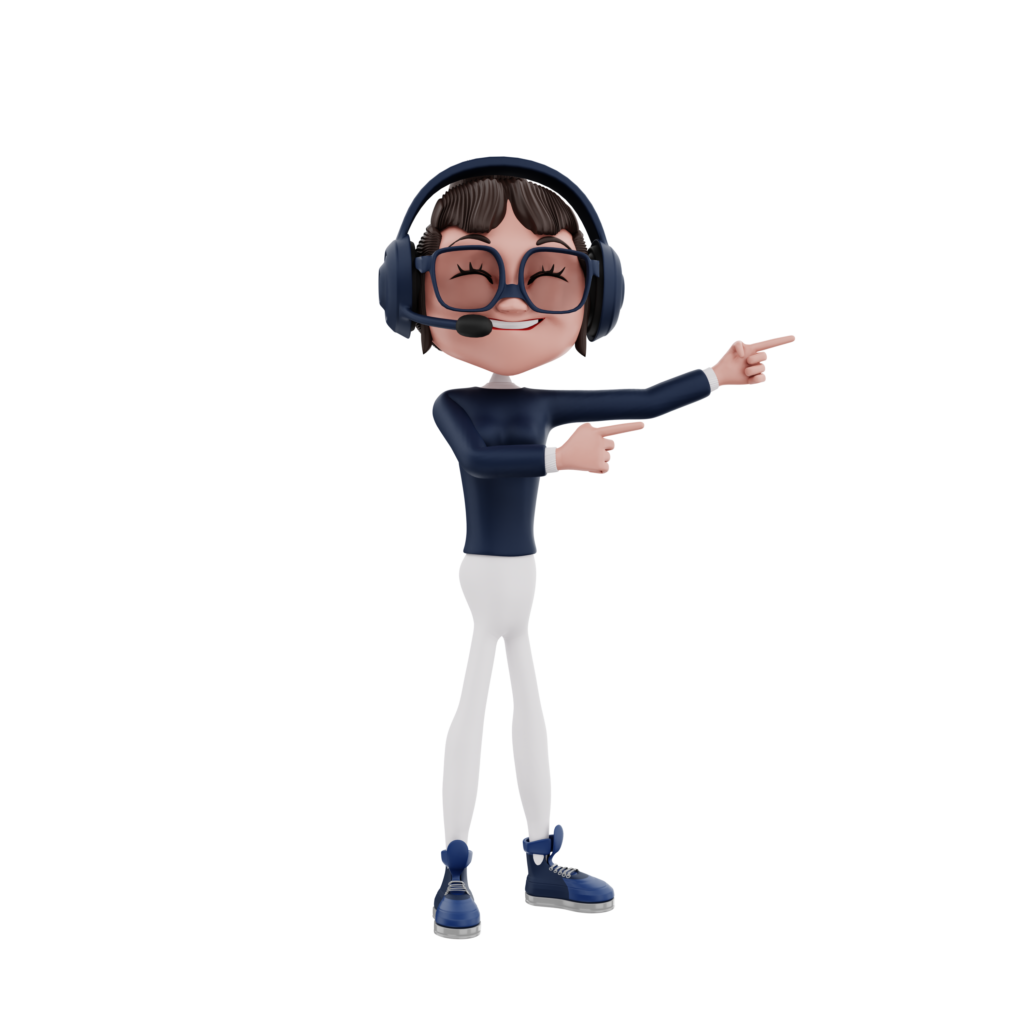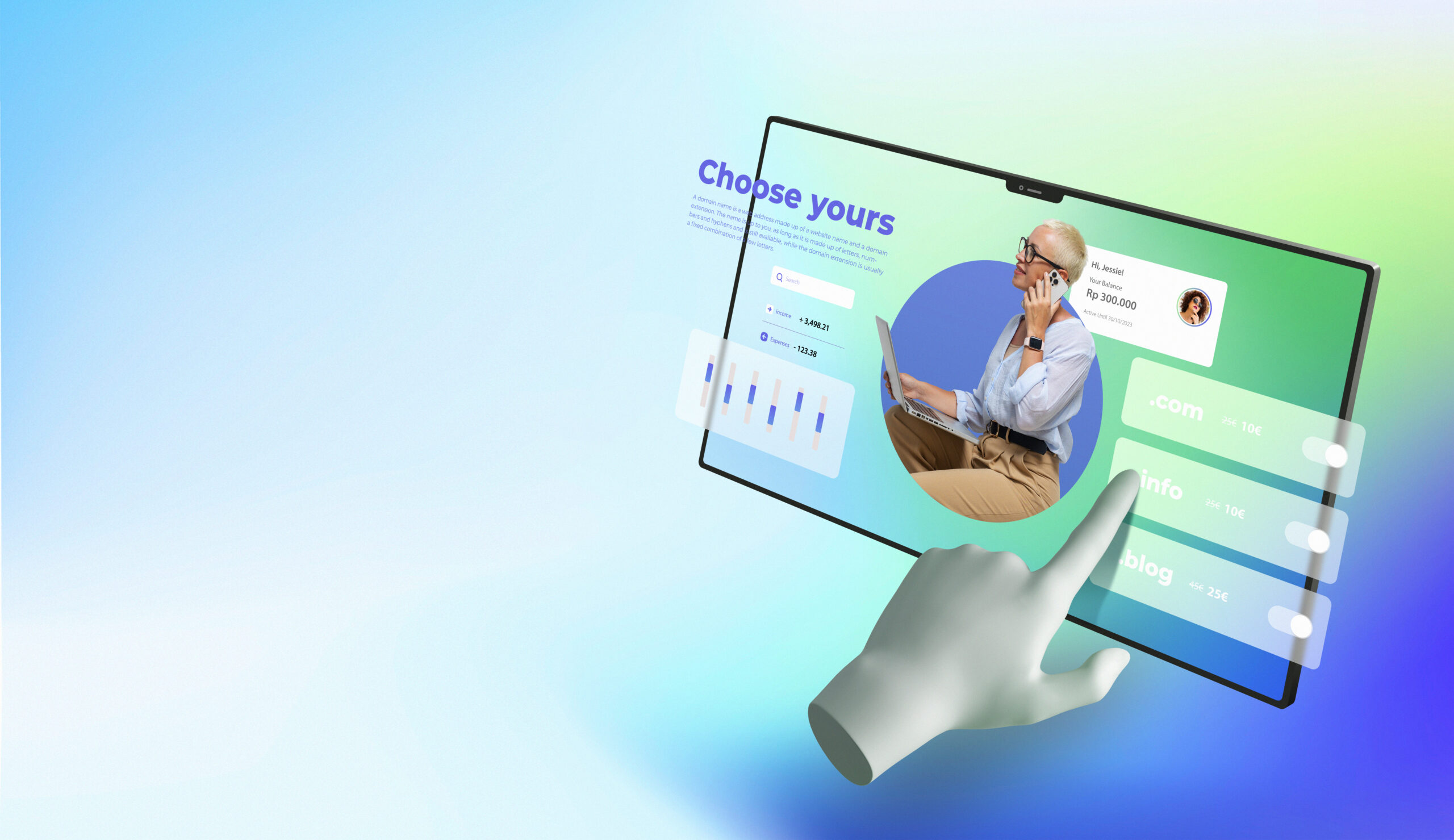In the ever-evolving realm of web design, one technique has been steadily gaining traction and making waves: parallax scrolling. At its core, parallax scrolling is a visual design strategy that creates a delightful depth and dynamism on a webpage by making the background move slower than the foreground when you scroll. This seemingly simple tweak can remarkably elevate the user experience, making your website more engaging and memorable. So, let’s dive into how you can uplift your web design using this technique!
For a website that leaves a lasting impression, choose Webtec’s Website Redesign Services.
Enhancing User Engagement
One of the primary reasons designers turn to parallax scrolling is its undeniable ability to boost user engagement. By incorporating this design strategy, you can create a website that captures attention instantly. Here’s how:
- Depth and Dimension: Traditional web pages tend to be flat. Parallax scrolling introduces a depth that gives a site a more immersive feel. As the background moves slower than the foreground, it’s as if you’re diving into a 3D experience.
- Highlighting Key Elements: Think of the most crucial parts of your website you want visitors to focus on. With parallax scrolling, you can emphasize these elements by placing them in the foreground, making them the central focus while the background subtly shifts.
- Breaking the Monotony: Let’s face it, a static website can get monotonous after a while. By introducing a dynamic element like parallax scrolling, you instantly break that monotony, keeping users intrigued and encouraging them to explore further.
Improved Storytelling through Parallax Scrolling
While we aren’t going on any specific “journeys” here, web design has always been about telling a story, about presenting a narrative. And parallax scrolling is a perfect tool for that:
- Sequential Presentation: Instead of overwhelming visitors with tons of information at once, parallax scrolling allows you to present data sequentially. As users scroll, they uncover more pieces of the story, maintaining a continuous flow of information.
- Creating Focus Points: Much like a well-written story that has peaks and troughs, parallax scrolling allows designers to create focus points or “moments” that capture attention. These moments can be anything – a call to action, a striking image, or an essential piece of information.
- Enhancing the Mood: The movement induced by parallax scrolling can also set or enhance the mood of a webpage. A slow and subtle shift might give a calming effect, while a swift movement can energize and excite the users.
If you enjoyed this, don’t miss our next topic: Storytelling in Website Design and Content Creation.
Technical Considerations
It’s not just about aesthetics and storytelling; there are technical aspects to consider too:
- Performance: While parallax scrolling can be visually stunning, it can sometimes be heavy on resources, potentially slowing down your website. It’s crucial to ensure that the implementation doesn’t compromise site speed and responsiveness.
- Mobile Compatibility: With a significant chunk of web users on mobile devices, ensuring that your parallax design is mobile-friendly is imperative. Some parallax effects might not translate well on smaller screens or might hinder the site’s functionality.
- SEO Implications: While parallax scrolling can enhance user experience, it’s essential to be mindful of SEO. Since this technique often relies on single-page designs, there might be less content for search engines to index. Strategizing your content and ensuring that SEO best practices are in place will help mitigate potential issues.
Best Practices for Implementing Parallax Scrolling
The real beauty of parallax scrolling shines through when done right. To ensure that you’re maximizing its potential without overwhelming your audience, here are some best practices:
- Subtlety is Key: Remember, less is often more. Instead of going overboard with the effects, a subtle touch of parallax can create a more refined and sophisticated look.
- Test Across Browsers: Different browsers may interpret and display parallax scrolling differently. Always test your design across multiple browsers to ensure consistent user experience.
- Balance with Other Elements: While parallax scrolling is a standout feature, your website will likely have other elements – videos, infographics, text. Ensure that the parallax effect complements, rather than competes with, these elements.
It’s Not for Everyone
Despite its many advantages, it’s also essential to realize that parallax scrolling might not be suitable for every website:
- Purpose Over Pizzazz: Before jumping onto the parallax bandwagon, ask yourself: does it serve a purpose for your website? If it doesn’t enhance the user experience or storytelling, it might be best to skip it.
- Potential Accessibility Issues: Some users might find the motion of parallax scrolling disorienting or even nauseating. It’s essential to keep accessibility in mind and provide options to disable the effect if needed.
- Can Overcomplicate Simple Tasks: If your website’s primary goal is to provide straightforward information or to facilitate simple tasks, introducing parallax scrolling might make the process more convoluted for users.
Conclusion
Parallax scrolling, without a doubt, offers a fresh, dynamic dimension to web design. It engages, tells a story, and can significantly enhance the overall user experience. However, like any design technique, it comes with its set of considerations and potential pitfalls. By understanding its capabilities and being mindful of its challenges, you can judiciously use parallax scrolling to transform your web design into an engaging, memorable experience for every visitor. Remember, in the digital realm, staying updated and adaptable is the key. So, experiment, learn, and keep pushing the boundaries of what’s possible!


